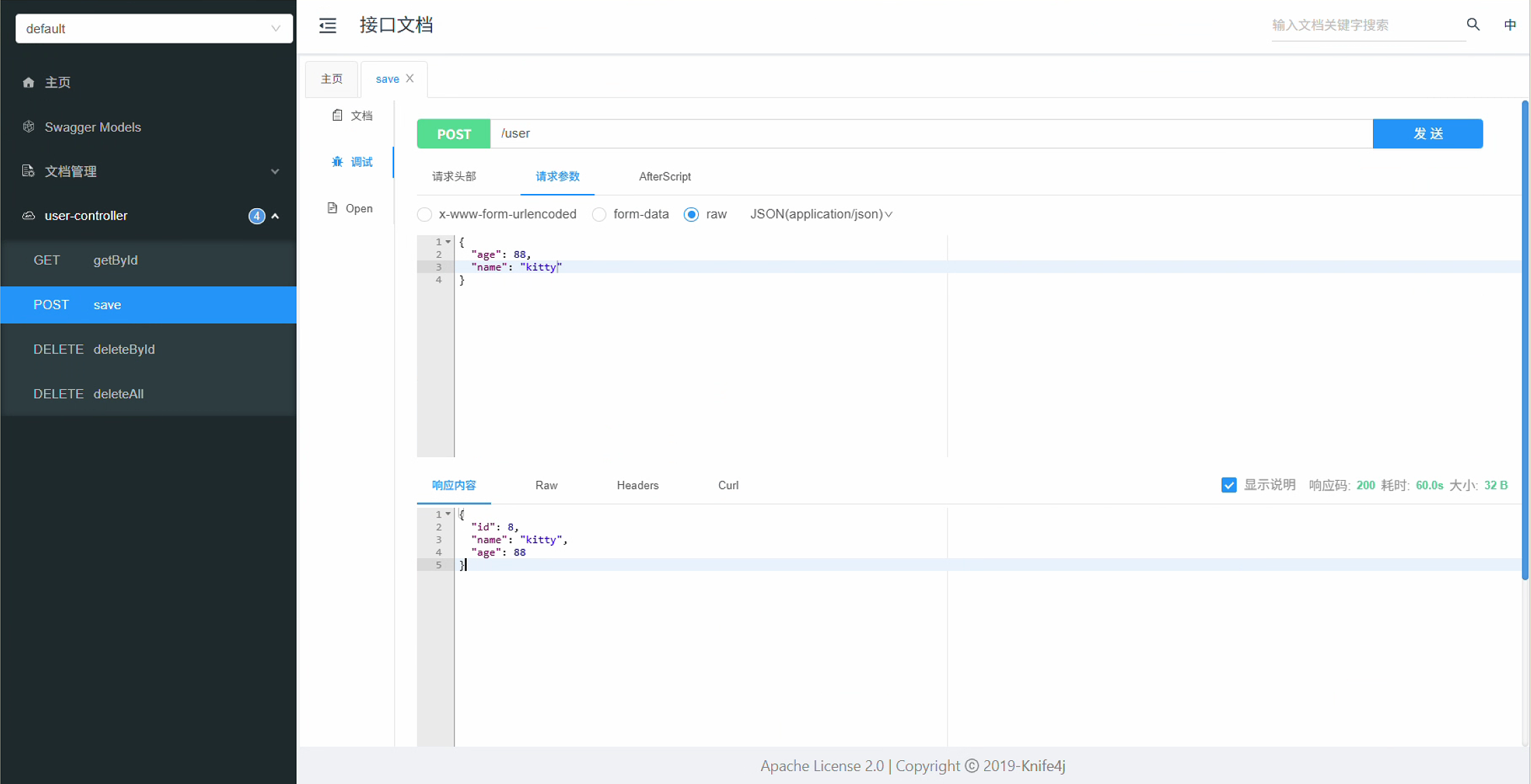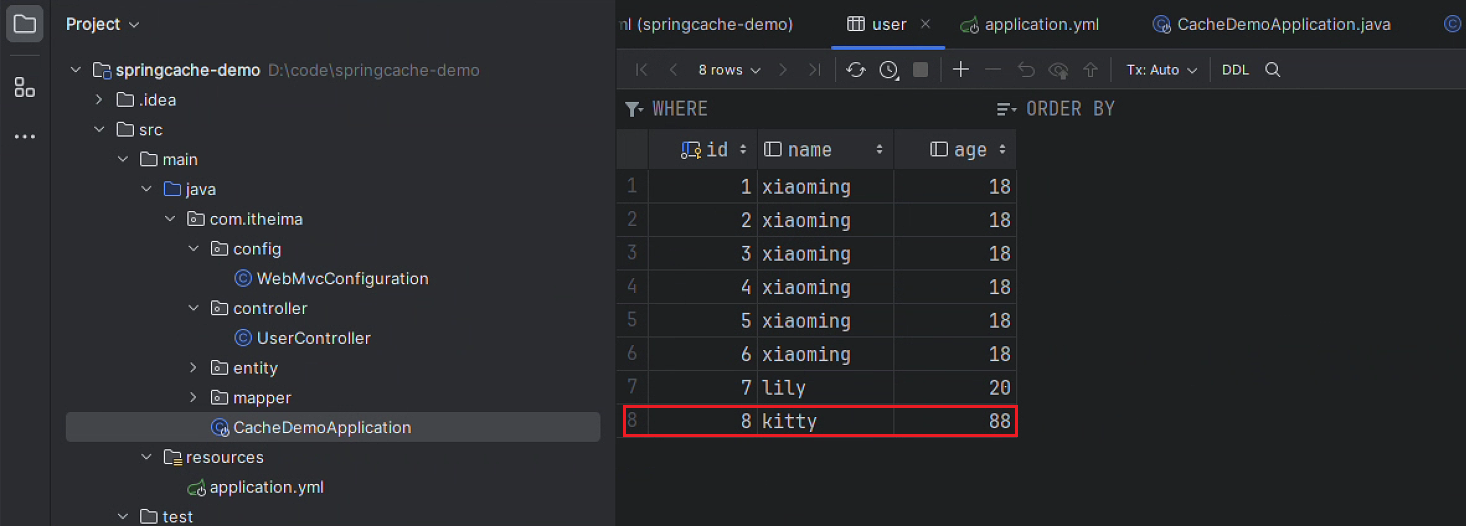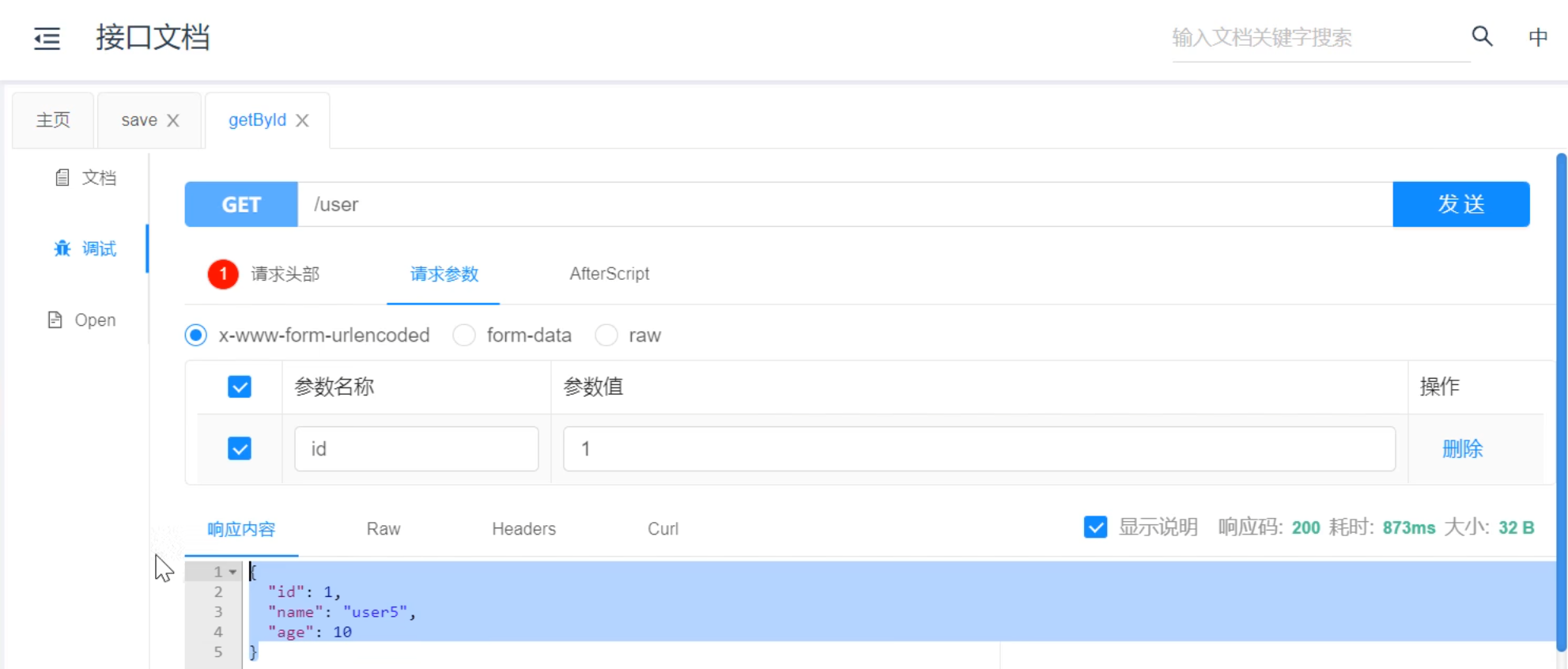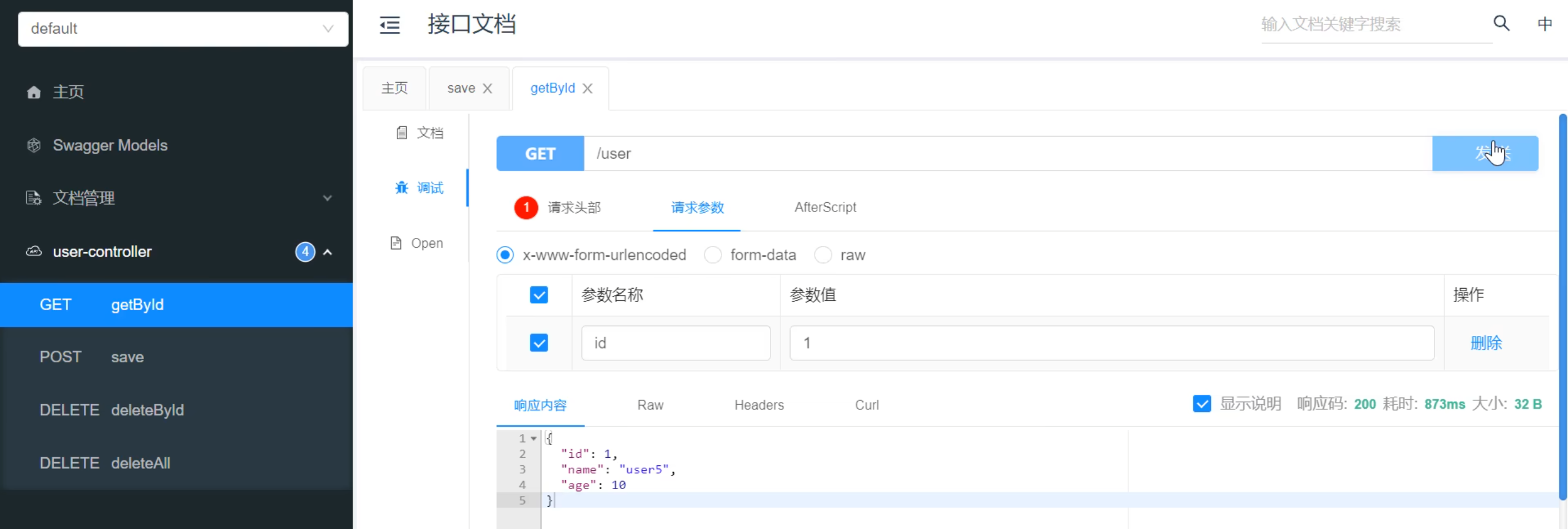一.导入案例代码
application.yml
java
server:
port: 8888
spring:
datasource:
druid:
driver-class-name: com.mysql.cj.jdbc.Driver
url: jdbc:mysql://localhost:3306/spring_cache_demo?serverTimezone=Asia/Shanghai&useUnicode=true&characterEncoding=utf-8&zeroDateTimeBehavior=convertToNull&useSSL=false&allowPublicKeyRetrieval=true
username: root
password:
redis:
host: localhost
port: 6379
password: 123456
database: 1
logging:
level:
com:
itheima:
mapper: debug
service: info
controller: infopom.xml
XML
<?xml version="1.0" encoding="UTF-8"?>
<project xmlns="http://maven.apache.org/POM/4.0.0"
xmlns:xsi="http://www.w3.org/2001/XMLSchema-instance"
xsi:schemaLocation="http://maven.apache.org/POM/4.0.0 http://maven.apache.org/xsd/maven-4.0.0.xsd">
<modelVersion>4.0.0</modelVersion>
<parent>
<groupId>org.springframework.boot</groupId>
<artifactId>spring-boot-starter-parent</artifactId>
<version>2.7.3</version>
<relativePath/>
</parent>
<groupId>com.itheima</groupId>
<artifactId>springcache-demo</artifactId>
<version>1.0-SNAPSHOT</version>
<properties>
<maven.compiler.source>11</maven.compiler.source>
<maven.compiler.target>11</maven.compiler.target>
</properties>
<dependencies>
<dependency>
<groupId>org.springframework.boot</groupId>
<artifactId>spring-boot-starter-web</artifactId>
<scope>compile</scope>
</dependency>
<dependency>
<groupId>org.projectlombok</groupId>
<artifactId>lombok</artifactId>
<version>1.18.20</version>
</dependency>
<dependency>
<groupId>com.alibaba</groupId>
<artifactId>fastjson</artifactId>
<version>1.2.76</version>
</dependency>
<dependency>
<groupId>commons-lang</groupId>
<artifactId>commons-lang</artifactId>
<version>2.6</version>
</dependency>
<dependency>
<groupId>org.springframework.boot</groupId>
<artifactId>spring-boot-starter-cache</artifactId>
</dependency>
<dependency>
<groupId>org.springframework.boot</groupId>
<artifactId>spring-boot-starter-data-redis</artifactId>
</dependency>
<dependency>
<groupId>mysql</groupId>
<artifactId>mysql-connector-java</artifactId>
<scope>runtime</scope>
</dependency>
<dependency>
<groupId>org.mybatis.spring.boot</groupId>
<artifactId>mybatis-spring-boot-starter</artifactId>
<version>2.2.0</version>
</dependency>
<dependency>
<groupId>com.alibaba</groupId>
<artifactId>druid-spring-boot-starter</artifactId>
<version>1.2.1</version>
</dependency>
<dependency>
<groupId>com.github.xiaoymin</groupId>
<artifactId>knife4j-spring-boot-starter</artifactId>
<version>3.0.2</version>
</dependency>
<dependency>
<groupId>org.springframework.boot</groupId>
<artifactId>spring-boot-starter-test</artifactId>
</dependency>
</dependencies>
<build>
<plugins>
<plugin>
<groupId>org.springframework.boot</groupId>
<artifactId>spring-boot-maven-plugin</artifactId>
<version>2.7.3</version>
</plugin>
</plugins>
</build>
</project>二.注解的使用
1.@EnableCaching注解
启动类:
java
package com.itheima;
import lombok.extern.slf4j.Slf4j;
import org.springframework.boot.SpringApplication;
import org.springframework.boot.autoconfigure.SpringBootApplication;
import org.springframework.cache.annotation.EnableCaching;
@Slf4j
@SpringBootApplication
@EnableCaching // 开启缓存,通常加在启动类上
public class CacheDemoApplication {
public static void main(String[] args) {
SpringApplication.run(CacheDemoApplication.class,args);
log.info("项目启动成功...");
}
}UserController.java
java
package com.itheima.controller;
import com.itheima.entity.User;
import com.itheima.mapper.UserMapper;
import lombok.extern.slf4j.Slf4j;
import org.springframework.beans.factory.annotation.Autowired;
import org.springframework.cache.annotation.CachePut;
import org.springframework.web.bind.annotation.*;
@RestController
@RequestMapping("/user")
@Slf4j
public class UserController {
@Autowired
private UserMapper userMapper;
@PostMapping
// 在要缓存的方法上加上@CachePut注解
// key中的内容为spring表达式
@CachePut(cacheNames = "userCache", key = "#user.id") // cacheNames表示缓存名称,在redis中会形成userCache::的形式,再加上key构成redis中的最终的key。此处是使用形参名+user.id动态生成key,以保证redis中的key都不同
// @CachePut(cacheNames = "userCache", key = "#result.id") // 这里使用result表示返回值user的id
// @CachePut(cacheNames = "userCache", key = "#p0.id")
// @CachePut(cacheNames = "userCache", key = "#a0.id")
// @CachePut(cacheNames = "userCache", key = "#root.args[0].id") 后三种都表示取形参列表中的第一个参数(0号参数)的id属性作为key
public User save(@RequestBody User user){
userMapper.insert(user);
return user;
}
@DeleteMapping
public void deleteById(Long id){
userMapper.deleteById(id);
}
@DeleteMapping("/delAll")
public void deleteAll(){
userMapper.deleteAll();
}
@GetMapping
public User getById(Long id){
User user = userMapper.getById(id);
return user;
}
}我们要使用缓存,那么就要现在启动类上加上开启缓存注解@EnableCaching。接着我们在要进行缓存的方法上加上注解。
2.@CachePut注解
首先我们要将新增的数据添加到sql数据库和redis数据库当中。因此我们在save方法上加上@CachePut注解,并指定缓存名称为userCache,使用spring表达式来指定key。缓存名称cacheNames和key共同组成redis中完整的key。其组合方式为cacheNames:: + key。spring表达式要使用#开头:
1.@CachePut(cacheNames = "userCache", key = "#user.id")
使用形参的id属性作为key。
2.@CachePut(cacheNames = "userCache", key = "#result.id")
使用返回值的id属性作为key。
3.@CachePut(cacheNames = "userCache", key = "#p0.id")
4.@CachePut(cacheNames = "userCache", key = "#a0.id")
5.@CachePut(cacheNames = "userCache", key = "#root.args[0].id")
p0,a0,root.args[0]都表示形参列表中的第一个形参。

代码运行完毕后,已成功将测试数据缓存到sql数据库和redis数据库当中。

3.@Cacheable注解
在getById上加上@Cacheable注解,这样会先查询redis,没有的话再查询sql。
java
package com.itheima.controller;
import com.itheima.entity.User;
import com.itheima.mapper.UserMapper;
import lombok.extern.slf4j.Slf4j;
import org.springframework.beans.factory.annotation.Autowired;
import org.springframework.cache.annotation.CachePut;
import org.springframework.cache.annotation.Cacheable;
import org.springframework.web.bind.annotation.*;
@RestController
@RequestMapping("/user")
@Slf4j
public class UserController {
@Autowired
private UserMapper userMapper;
@PostMapping
// 在要缓存的方法上加上@CachePut注解
// key中的内容为spring表达式
@CachePut(cacheNames = "userCache", key = "#user.id") // cacheNames表示缓存名称,在redis中会形成userCache::的形式,再加上key构成redis中的最终的key。此处是使用形参名+user.id动态生成key,以保证redis中的key都不同
// @CachePut(cacheNames = "userCache", key = "#result.id") // 这里使用result表示返回值user的id
// @CachePut(cacheNames = "userCache", key = "#p0.id")
// @CachePut(cacheNames = "userCache", key = "#a0.id")
// @CachePut(cacheNames = "userCache", key = "#root.args[0].id") 后三种都表示取形参列表中的第一个参数(0号参数)的id属性作为key
public User save(@RequestBody User user){
userMapper.insert(user);
return user;
}
@DeleteMapping
public void deleteById(Long id){
userMapper.deleteById(id);
}
@DeleteMapping("/delAll")
public void deleteAll(){
userMapper.deleteAll();
}
@Cacheable(cacheNames = "userCache", key = "#id") // 判断redis中是否有数据,有的话直接返回缓存数据,没有再查数据库
@GetMapping
public User getById(Long id){
User user = userMapper.getById(id);
return user;
}
}
查询到数据,但是没有调用getById方法,是因为redis中确实有该数据。 我们将其删除再查:
我们将其删除再查:

这时就会执行该方法,因为在redis中没有查询到对应的数据。

控制台会使用sql进行查询。
 之后会将该数据放入redis缓存。
之后会将该数据放入redis缓存。

再次查询就会直接查出来而不用执行getById方法查询数据库。
4.@CacheEvict注解
我们使用@CacheEvict注解来删除redis数据库中的缓存数据。当sql数据库中的数据被删除后,redis当中相对应的数据也应该被删除。
java
package com.itheima.controller;
import com.itheima.entity.User;
import com.itheima.mapper.UserMapper;
import lombok.extern.slf4j.Slf4j;
import org.springframework.beans.factory.annotation.Autowired;
import org.springframework.cache.annotation.CacheEvict;
import org.springframework.cache.annotation.CachePut;
import org.springframework.cache.annotation.Cacheable;
import org.springframework.web.bind.annotation.*;
@RestController
@RequestMapping("/user")
@Slf4j
public class UserController {
@Autowired
private UserMapper userMapper;
@PostMapping
// 在要缓存的方法上加上@CachePut注解
// key中的内容为spring表达式
@CachePut(cacheNames = "userCache", key = "#user.id") // cacheNames表示缓存名称,在redis中会形成userCache::的形式,再加上key构成redis中的最终的key。此处是使用形参名+user.id动态生成key,以保证redis中的key都不同
// @CachePut(cacheNames = "userCache", key = "#result.id") // 这里使用result表示返回值user的id
// @CachePut(cacheNames = "userCache", key = "#p0.id")
// @CachePut(cacheNames = "userCache", key = "#a0.id")
// @CachePut(cacheNames = "userCache", key = "#root.args[0].id") 后三种都表示取形参列表中的第一个参数(0号参数)的id属性作为key
public User save(@RequestBody User user){
userMapper.insert(user);
return user;
}
@CacheEvict(cacheNames = "userCache", key = "#id") // 删除指定的userCache::id键值对
@DeleteMapping
public void deleteById(Long id){
userMapper.deleteById(id);
}
@CacheEvict(cacheNames = "userCache", allEntries = true) // 删除全部userCache键值对
@DeleteMapping("/delAll")
public void deleteAll(){
userMapper.deleteAll();
}
@Cacheable(cacheNames = "userCache", key = "#id") // 判断redis中是否有数据,有的话直接返回缓存数据,没有再查数据库
@GetMapping
public User getById(Long id){
User user = userMapper.getById(id);
return user;
}
}@CacheEvict注解首先也应该定义cacheNames,用来指定要删除的key,接着在key中书写spring表达式来删除对应的键值对。这个注解在根据id删除对应的数据这个方法中进行使用。
其中@CacheEvict注解中也可以使用allEntries这个属性,这个属性用于删除所有cacheName中的键值对。当allEntries=true时,删除所有的符合cacheName的键值对。这个注解在deleteAll这个方法中进行使用。
接下来我们进行测试:
数据库中两条数据。

我们删除id=1的,
数据库中的数据已经被清理了。
 刷新后发现缓存数据还在,那是因为只有等方法执行完后才会清理redis中的缓存数据。
刷新后发现缓存数据还在,那是因为只有等方法执行完后才会清理redis中的缓存数据。

我们将方法执行完,发现redis中的数据已经被删了。



